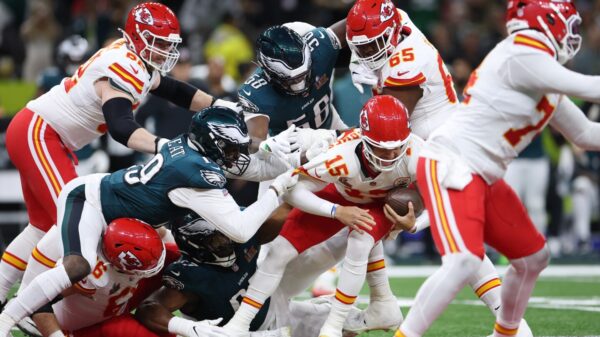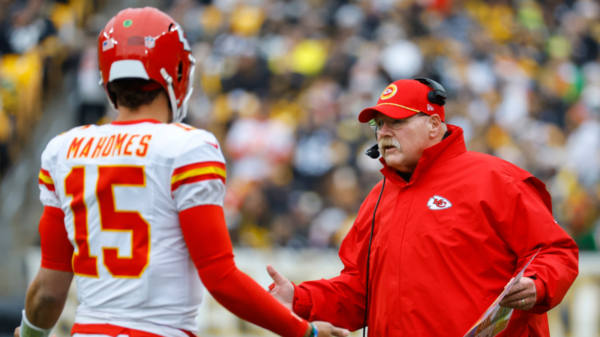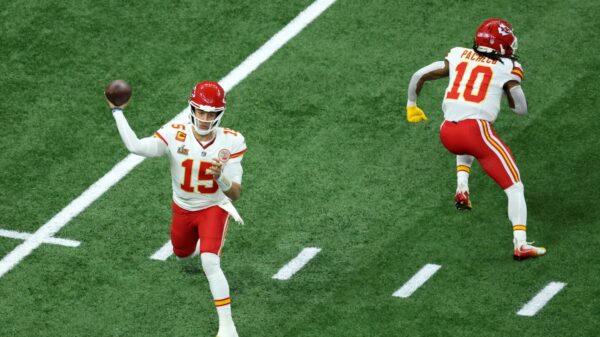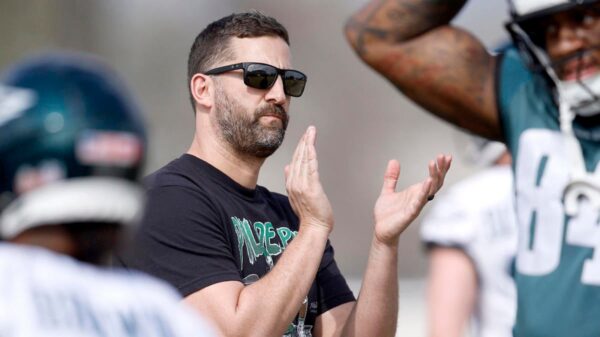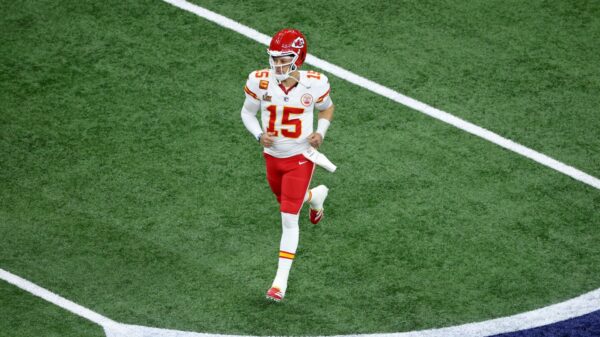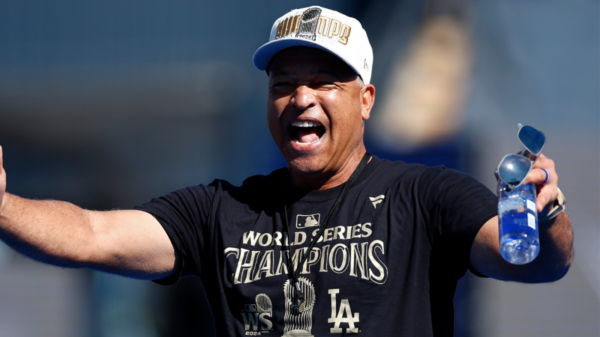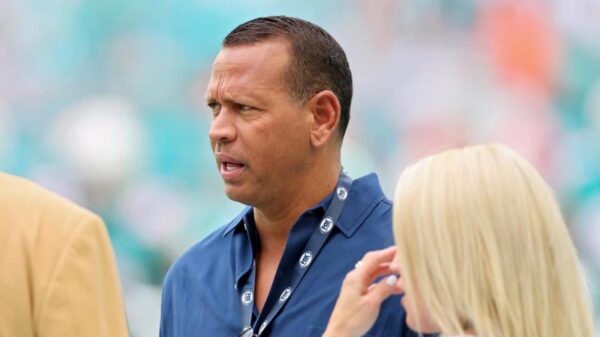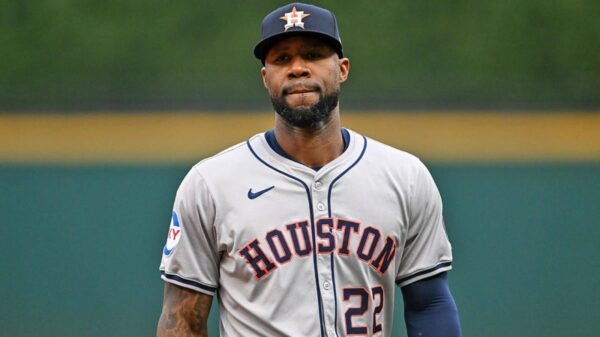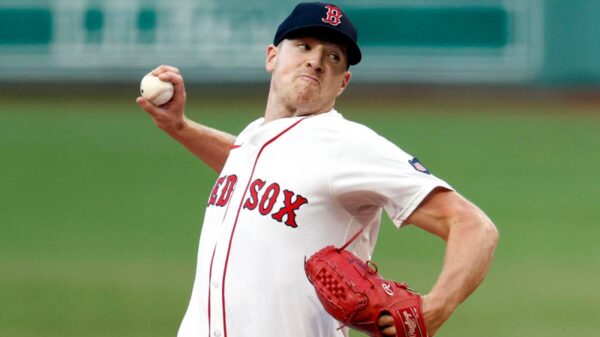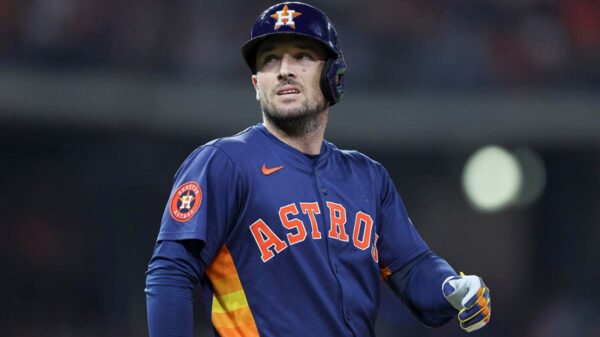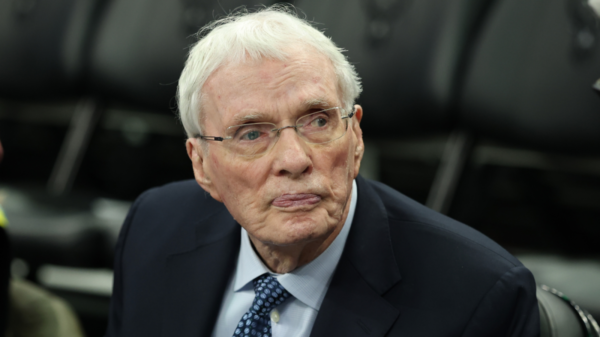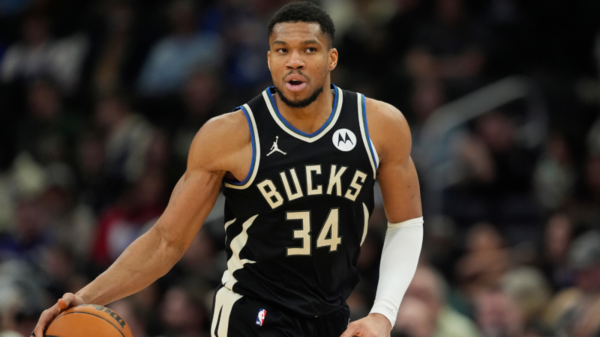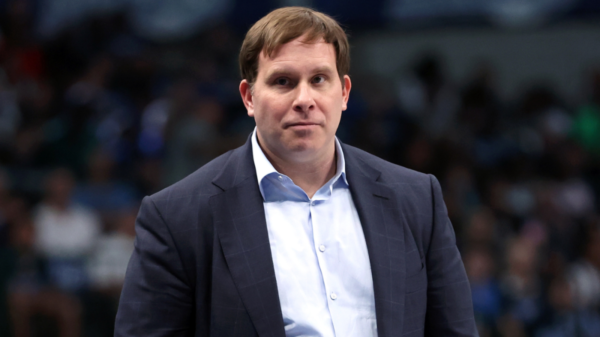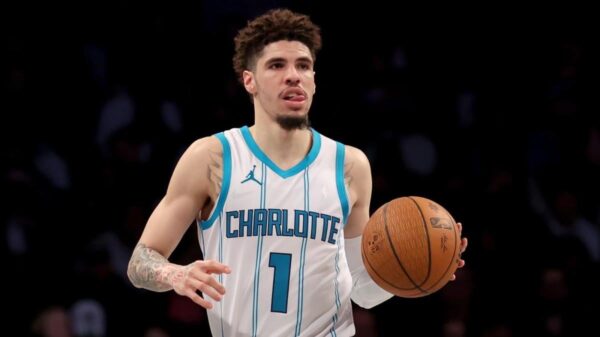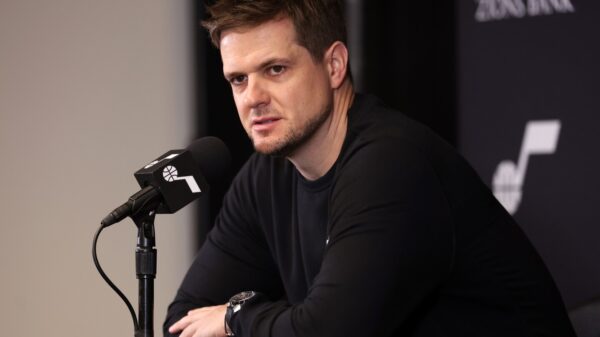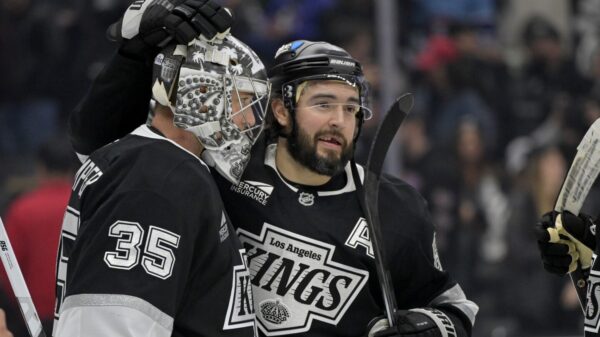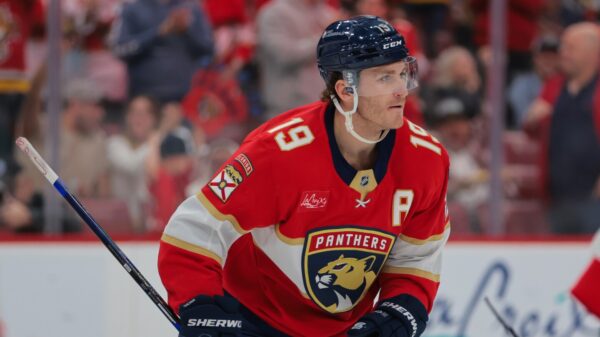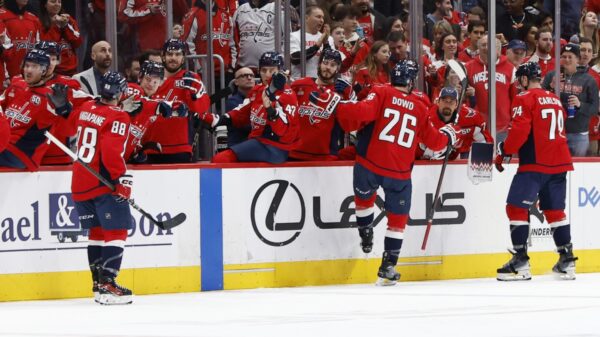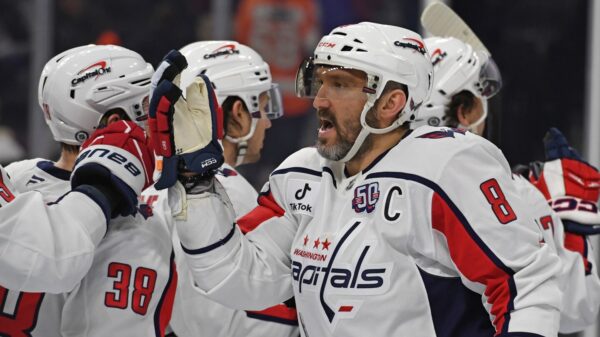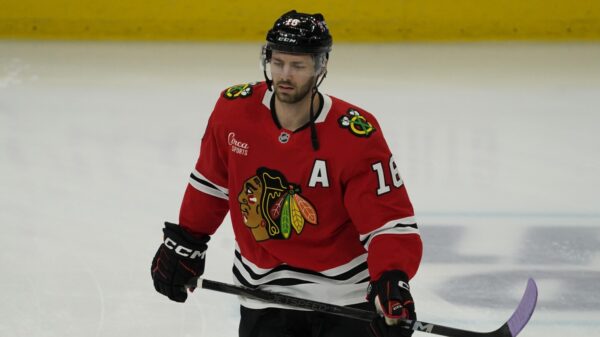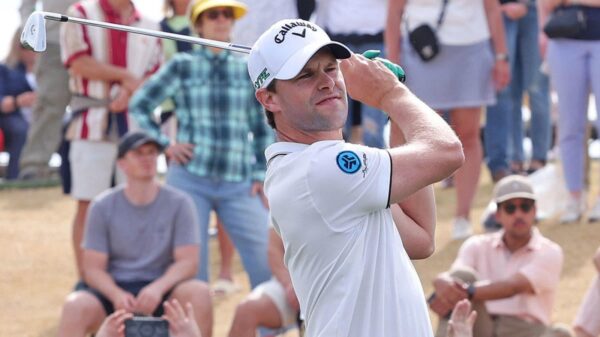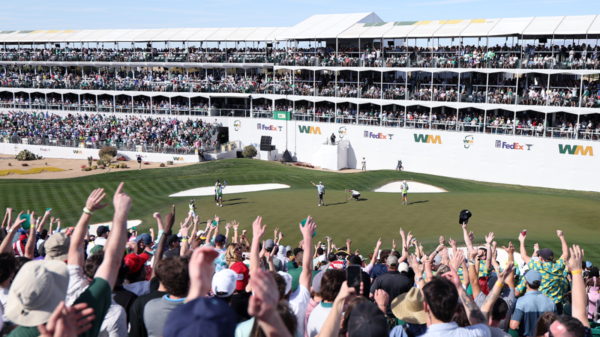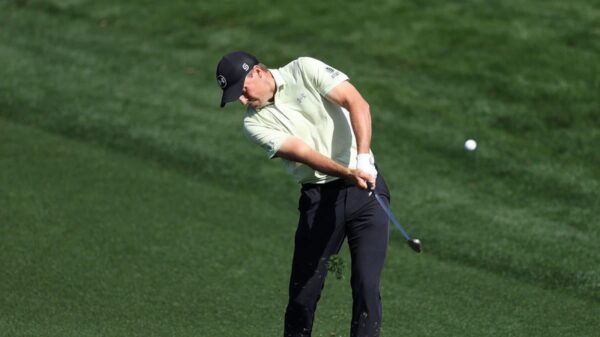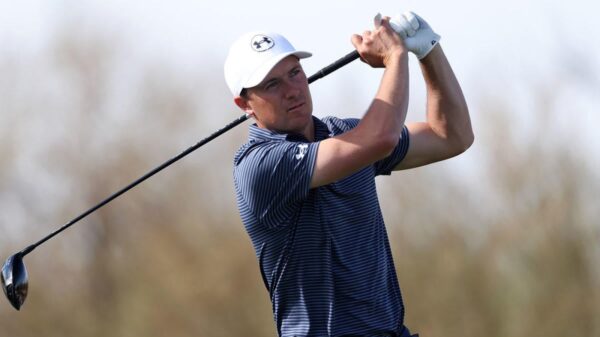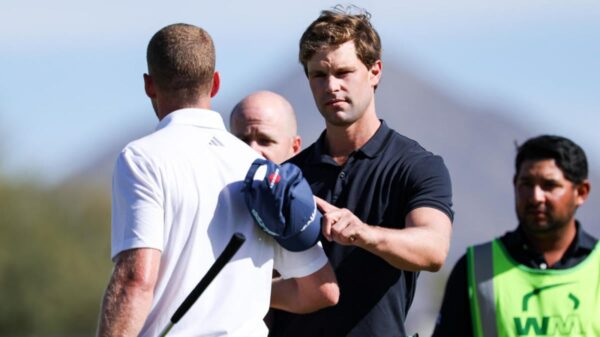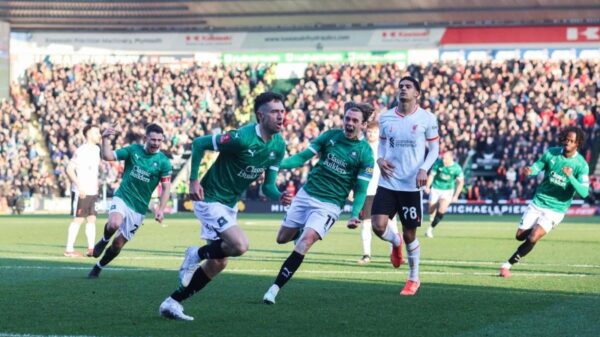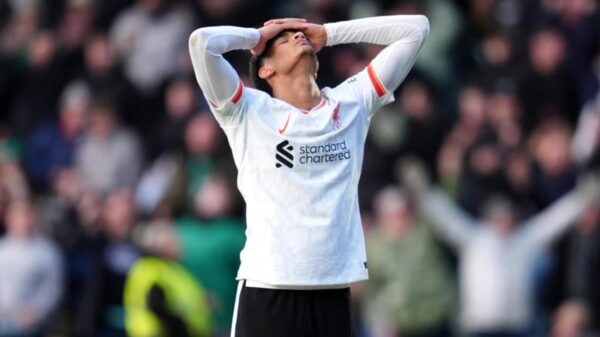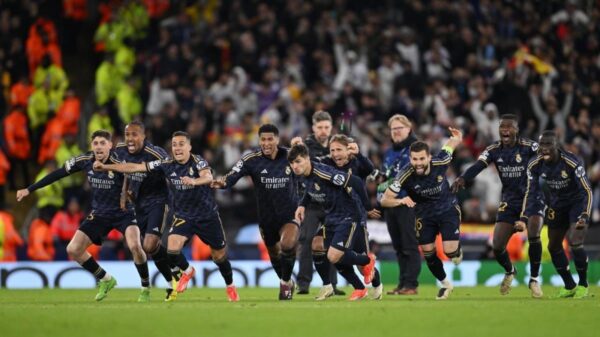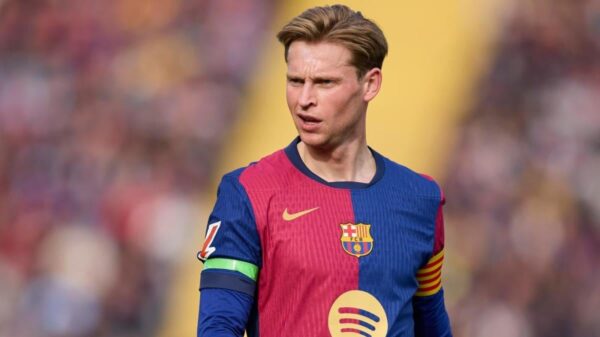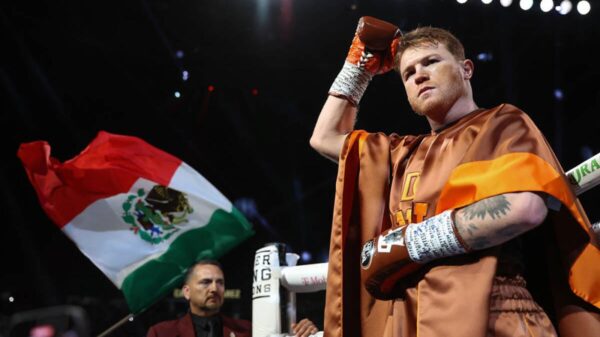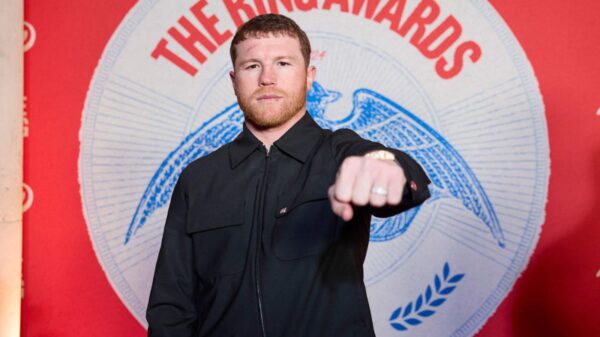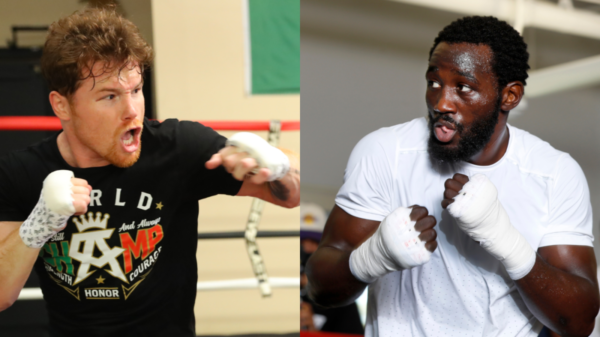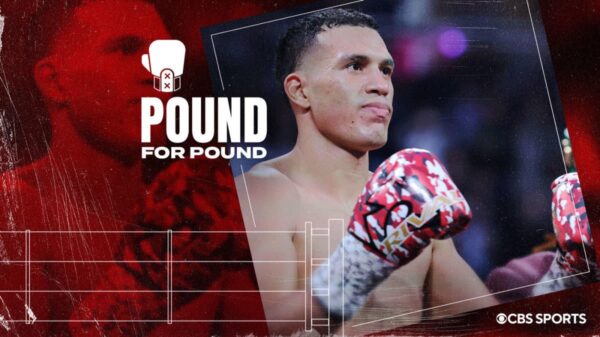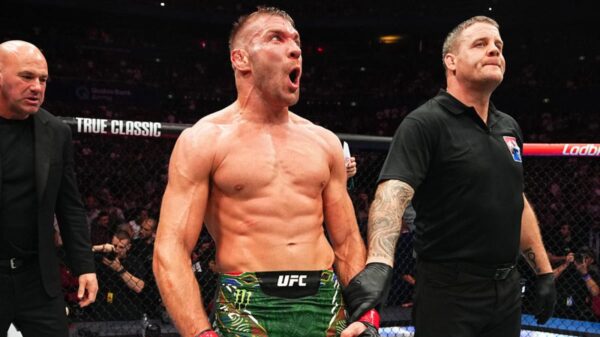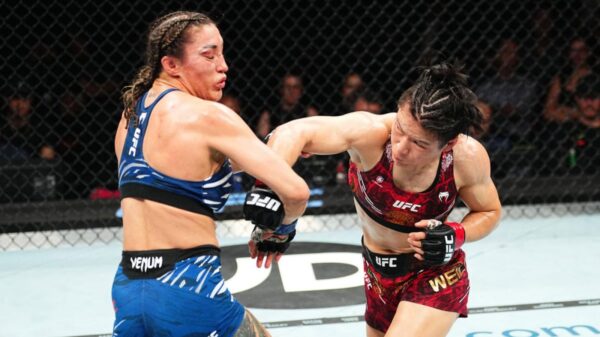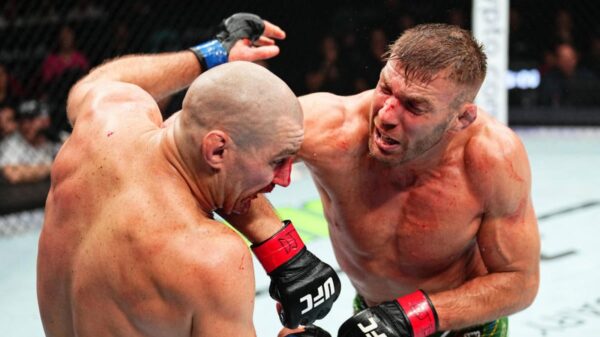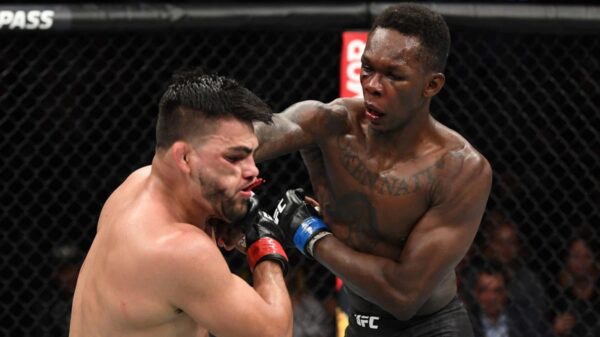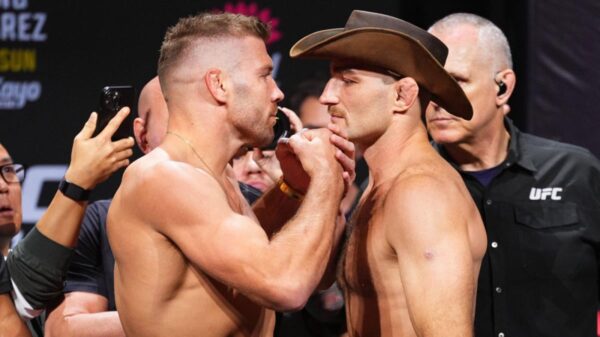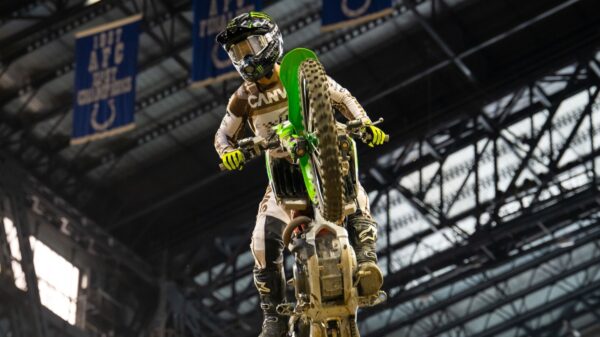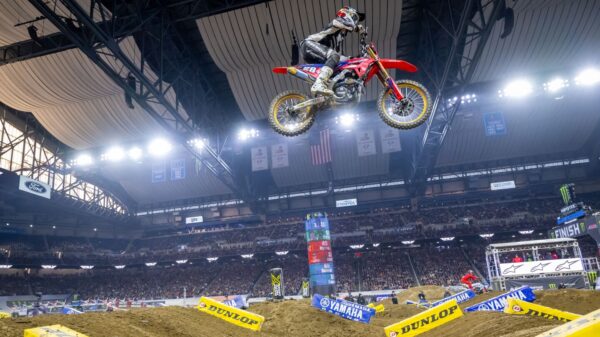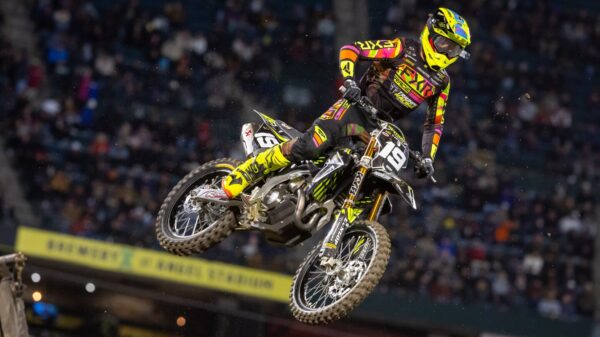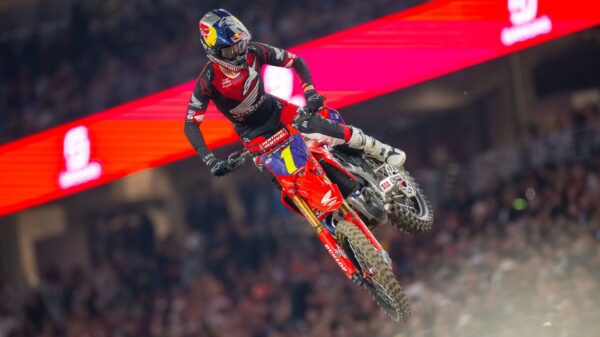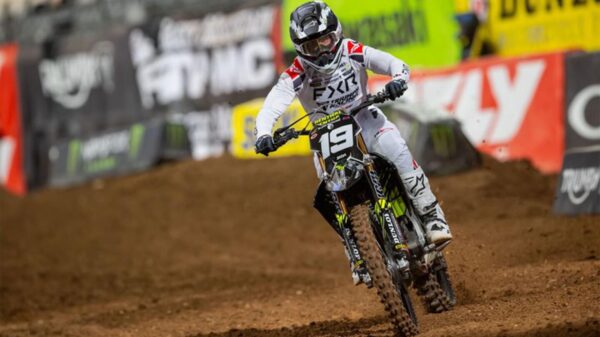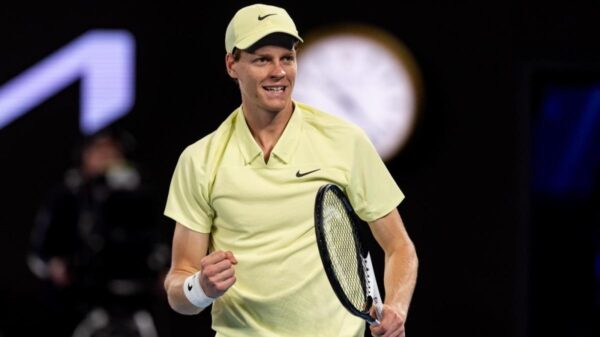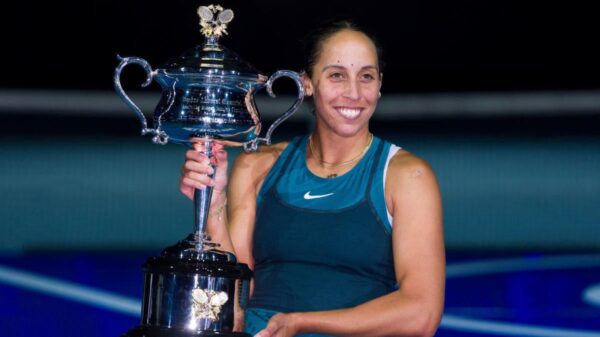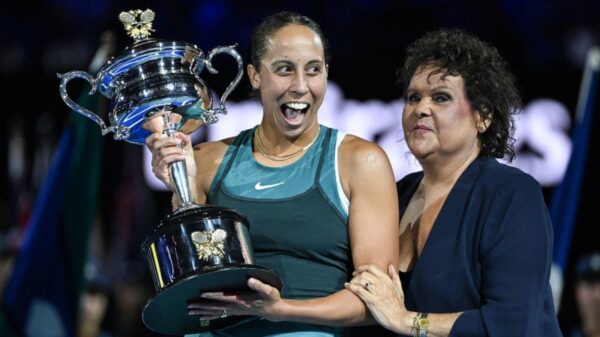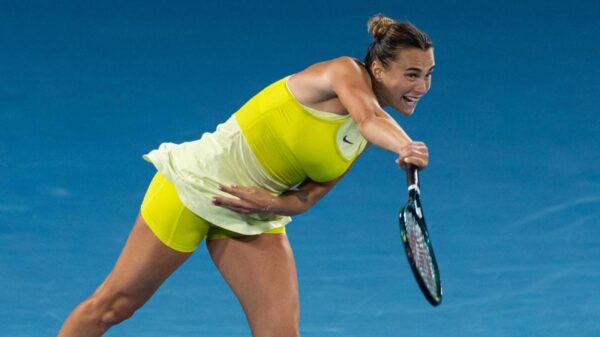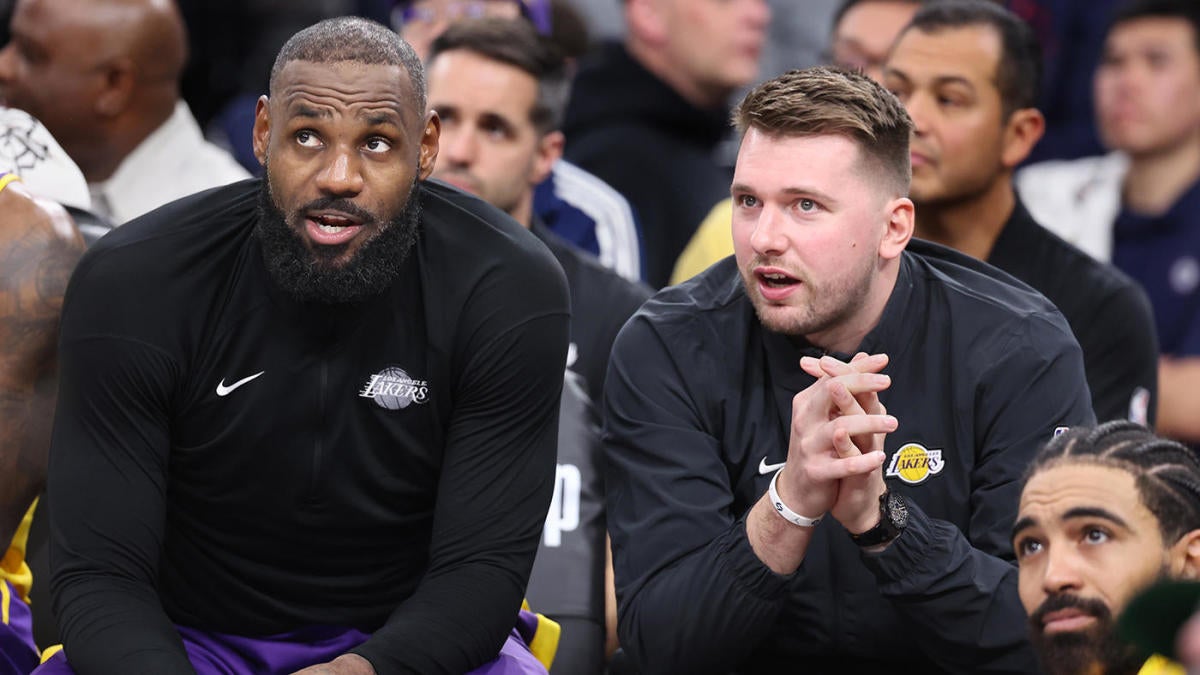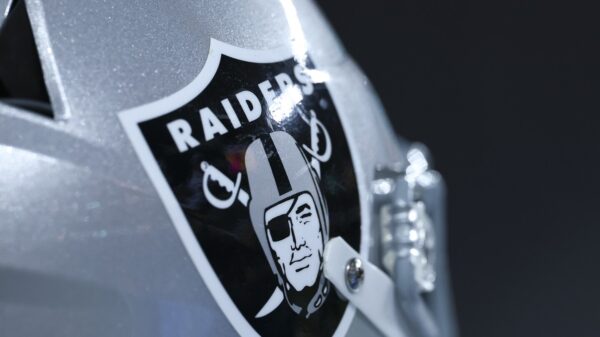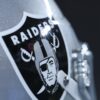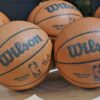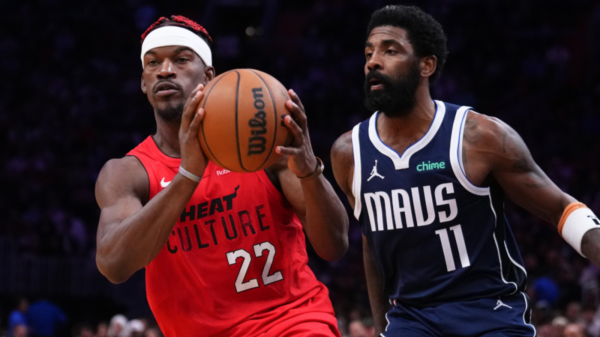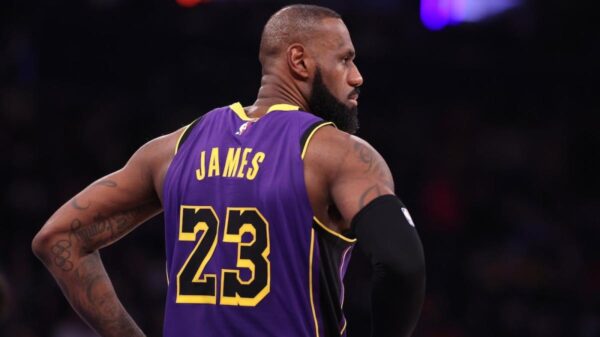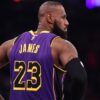The Los Angeles Lakers tried to thread the needle between present and future when they traded for Charlotte Hornets center Mark Williams. In the long run, they thought they’d found the big man they’d pair with Luka Doncic for the next decade. In the short term, however, they were just happy to have a warm body of a certain height. Center was a position of need for the Lakers even with Anthony Davis on the team (he told us so himself).
But with the Williams trade now rescinded, reportedly due to a failed physical, the Lakers are thinner up front than ever. Davis is gone and his replacement isn’t coming aboard either. That leaves the Lakers with Jaxson Hayes as the only clear center on the team. Maxi Kleber, acquired in the Doncic trade, has played some center in small doses, but is really more of a forward and is out for at least the next eight weeks. Trey Jemison and Christian Koloko are there on two-way deals, but neither has proven much. The cabinet is pretty empty here.
So what does this mean? Where do the Lakers go from here, both for the remainder of the season and for the long haul? Let’s dive in and try to sift through the wreckage of this trade.
Ok … so is there any chance this deal is revived?
No. Under normal circumstances, a trade that is held up by a failed physical can be amended. This just happened a few days ago, when the Philadelphia 76ers added a second-round pick to their Caleb Martin-to-Quentin Grimes swap to push it over the top after Martin’s hip injury created a bit of an obstacle. However, that amendment was completed before the trade deadline. This one, obviously, was not. The Lakers needed more time to get Williams into the building and examine him, so their options here were to simply pass him and complete the trade or rescind it entirely. They chose the latter, so the trade is dead unless both sides are interested in rekindling talks over the summer. The deadline has passed, so the Lakers can’t go out and trade for a different center.
Can the Lakers add a center this season? Who do they already have?
The big winner in this situation? Jaxson Hayes. Despite struggling in a backup role for parts of the season, he is now in line for major minutes on a team with Luka Doncic and LeBron James right before he returns to unrestricted free agency. If ever he had a chance to prove his value to the Lakers and to the rest of the NBA, it’s now.
Hayes has all of the tools to be a good NBA center. He’s a true 7-footer with an even longer wingspan, and he’s an incredibly bouncy athlete that can get up and finish the lobs Doncic loves to throw. However, he’s never been an especially strong rebounder, and while he’s an imposing shot-blocker in limited minutes, his overall defensive positioning is inconsistent. The Lakers have spent the better part of two years trying to mold him into at least a strong backup. The results have been mixed. They can’t afford to be any longer.
Don’t be surprised to see some James-at-center minutes as well. The Lakers have to be careful with the physical burden they put on their 40-year-old, but remember, he no longer has to carry the offense on his shoulders. With Doncic and Austin Reaves in place, he can devote more energy to defense, and while he isn’t center-sized, his basketball IQ means he’s almost always in perfect position defensively when he wants to be. It’s a look that JJ Redick has tinkered with a bit (342 total possessions this season), but one that Darvin Ham and Frank Vogel tried a bit more regularly during their head coaching stints. The results have been about what you’d expect: The lineups tend to be pretty good on offense and pretty bad on defense. Frankly, given the personnel here, that is going to be the case for most Laker lineups moving forward.
Ultimately, though, it’s hard to imagine the Lakers don’t add at least one center. There’s a bit of an obstacle, though, because the Lakers are above the first luxury tax apron. That means they can only sign players on the buyout market whose previous salary is below the non-taxpayer mid-level exception of roughly $12.8 million.
So who does that leave them with?
A few center options immediately come to mind:
- Daniel Theis is the best center available at the moment, but he’s only 6-8 and not at all the lob threat Doncic prefers.
- Bismack Biyombo might be, but he just signed a 10-day contract with the Spurs. If he wants to join the Lakers afterward, though, he is free to do so.
- Mo Bamba is a recent former Laker and just got waived by the Jazz, so it’s not out of the realm of possibility that the Lakers bring him in for a second go-round. It’s something they love doing with role players.
- Speaking of reunions, JaVale McGee is playing in Puerto Rico right now. It’s hard to imagine he’d turn down a chance to play in Los Angeles again.
Those are the obvious names that we can be reasonably certain are available, or will be in the near future. Here’s where things get more complicated. It takes two to tango on a buyout. Typical procedure involves a veteran player offering to sacrifice a bit of salary, generally the amount they stand to gain on their new team, in order to buy their free agency. The teams benefit by saving money. The player benefits by picking a new home. Sometimes, though, a team simply doesn’t want to waive a player. Maybe they want to keep him for the rest of the year, or potentially re-sign him afterward. A player can theoretically entice the team by offering to sacrifice more money. It’s obviously rare that they do so. What player wants to forego salary?
But think about how enticing the Lakers must look right now. A player willing to bet on himself could get to Los Angeles and play major minutes with Doncic and James. Doing so might increase their market value ahead of their next foray into free agency, giving them a chance to make up any sacrificed salary and possibly make even more. It is entirely possible that there are veteran centers around the NBA right now doing this calculus in their head, or at least hearing pitches about it from their agents.
Who could some targets be under these circumstances?
- The obvious one is Larry Nance Jr., a former Laker who has lost a step and has always had medical issues, but is a smart, versatile defender that was quite the lob-finisher in his day. The catch here is that his team, the Hawks, control the Lakers’ first-round pick this June. They don’t want to make the Lakers better.
- Chris Boucher in Toronto is another possibility.
- Kelly Olynyk is a name who’s popping up on possible buyout lists, but it’s unlikely that the Pelicans cooperate because he has another year on his contract. They’re not going to want to deal with a year of dead money, so until we hear otherwise, we should assume he’s off of the table.
The Lakers will have their pick of the litter here. The catch is that the litter is likely going to be small and not especially enticing. To really fill the center hole, they’re going to have to wait until the summer.
What about the offseason?
Before we talk specific targets, we have to talk circumstances here. The whole NBA now knows that the Lakers wanted to trade Dalton Knecht and their remaining draft capital to get a big man. That probably lowers Knecht’s value a bit, but that doesn’t have to be permanent. As awkward as it will be to bring Knecht back now, he’s also a shooter who’s about to play with two of the greatest shot-creators in NBA history. If he makes the open looks Doncic and James create for him, he’s going to look quite valuable as a trade chip over the summer. Similarly, the Lakers do have a bit more draft capital at their disposal. When the calendar rolls over into the offseason, their 2032 first-round pick becomes tradable. They can still only trade one pick outright between 2030 and 2032 because they already owe out their 2029 pick, but they can offer swaps on the two other years.
There are also a few financial matters to discuss here. First of all, almost every contract the Lakers have on their books for next season expires in 2026. Between Rui Hachimura, Kleber and Gabe Vincent, they have over $40 million in expiring money at their disposal. That unlocks virtually any center in the NBA as a possible trade candidate, provided the Lakers have enough value to offer the other team in a deal. For a star, Austin Reaves could even be on the table.
Lastly, remember that James offered to leave money on the table to help the Lakers in free agency last offseason. They couldn’t secure an acceptable target, but if he’s willing to do so again, that obviously opens doors for them to either seek out a center with the mid-level exception or bring one in via sign-and-trade. How far they could go depends on how much money James is willing to give up. Keep in mind, though, that the Lakers are so far over the cap that they have no plausible path to significant cap space, so we’re only talking sign-and-trades and exceptions on the free agency front.
So, with that in mind, who’s out there?
- The best center on the market is long-time Lakers target Myles Turner, the rare rim-protector that can also shoot 3s. He’s going to command a salary in the $30 million per year range, and rumors have suggested that the cost-conscious Pacers may not be eager to pay it. Perhaps the Lakers would, but Turner wouldn’t come cheap from an asset perspective either.
- If the Lakers want to go a bit cheaper, Clint Capela and Brook Lopez are more feasible mid-level targets. Capela fits the Doncic-friendly mold of a rim-runner and rim-protector to a tee, but he’s now 30, so he’s likely more of a band-aid than a long-term answer. The same would be true of the 36-year-old Lopez, though obviously he is ground-bound at this point of his career. Having a shooting center is helpful, but it likely isn’t a priority for the Lakers.
- One of the reasons the Lakers targeted Williams, specifically, is that he was still on a cost-controlled rookie-scale deal. Rarely do teams want to give away starting-caliber big men on rookie deals, but the Lakers will do their due diligence on anyone that has entered the rumor mill from that group. Utah’s Walker Kessler and Detroit’s Jalen Duren, likely too expensive for the Lakers, are worth a call.
- Rob Pelinka likely has an eye on the Mavericks as well. They now have significant resources committed to three big men. If their playoff run winds up disappointing and they decide to diversify a bit, the Lakers would love either of the centers Doncic used to play with, Dereck Lively II (on a rookie deal) or Daniel Gafford (on a more affordable veteran deal).
- Among veteran centers under contract for next season, players who were seemingly available at the deadline likely still will be over the summer. Ace Nets defender Nic Claxton fits the bill. So does Robert Williams III, though if the Lakers got queasy over Mark Williams’ medical history, the other Williams likely scares them off as well.
- Here’s one last stealthy name to keep in mind: Deandre Ayton. He’s obviously pricey at $35.5 million for next season, though Hachimura and Kleber get the Lakers a lot of the way there. His reputation for effort and attitude is … let’s say … mixed. He’s looked downright disinterested at points in both the latter stages of his Suns tenure and his two years in Portland. His “I got nothing to prove” statement from a year ago wasn’t especially encouraging, either. But Ayton has played very well for the resurgent Blazers lately, and Portland is likely planning to hand the starting center spot over to lottery pick Donovan Clingan in the near future. Ayton is an impending free agent who, despite his words, needs to prove himself to the NBA again if he wants another payday, and as bad as things have looked at times, he was once an absolutely critical part of an NBA Finalist in Phoenix. James has a history of rehabilitating flawed but talented players whose careers have fallen off of the rails. Is Ayton really all that different from late-career Dwight Howard? This would be a low-risk, high-reward swing for the Lakers.
Keep in mind that center isn’t the only hole they’re going to need to fill. At the very least, they need another perimeter defender. They might also want to keep assets in reserve in case they need to go chase a co-star for Doncic later. They’re going to explore centers at every possible price point. What they showed in the Williams deal was a willingness to pay a premium for who they consider to be the right player. If a similar talent is available, they’ll go for it. If that talent plays a different position, they’ll load up elsewhere on try to manage the center slot with more affordable options. But either way, this offseason is when the Lakers can really reshape their center depth chart for the Doncic era.
What does this mean for Mark Williams and the Hornets?
In February 2009, the New Orleans Pelicans (then, ironically, the Hornets) attempted to trade Tyson Chandler to the Oklahoma City Thunder. After a thorough examination of his left big toe, the Thunder ultimately elected not to move forward with the deal. That decision may have cost the Thunder multiple championships. Chandler wound up getting traded to the Dallas Mavericks a year later. He beat them in the 2011 Western Conference finals and went on to win a Defensive Player of the Year award with the New York Knicks.
The Thunder, meanwhile, eventually invested in a different center: Current ESPN analyst Kendrick Perkins, who was not nearly as successful for them. The long-term contract the Thunder gave him was one of many reasons they elected not to give James Harden a max extension in the summer of 2012. That single decision by Oklahoma City’s doctors sent shockwaves throughout the NBA that are still felt to this day.
So why are we bringing this up? Because it’s proof that a single, failed physical doesn’t need to derail Williams’ career. History is full of players who struggled to stay healthy early in their careers but eventually figured it out with time. It’s entirely possible that he goes on to have a long, productive career despite this hiccup. For now, though, this is going to hurt both him and the Hornets.
Williams is eligible for a rookie extension this offseason. He is only negotiating that possible extension with the Hornets, but he’s lost quite a bit of leverage in the process. It’s hard to convince your employer that someone else is going to outbid them for your services when the last team that tried saw some defect(s) glaring enough to walk away at the last second. Maybe Williams decides to accept an extension at a lower figure than his production suggests he’s worth in order to secure generational wealth for his family. Maybe he decides to play next season out to try to prove himself to the league. For now, there’s no way of knowing. At a bare minimum, Williams just missed out on the chance to play for a Lakers team tailor-made to maximize his earning potential. Instead, he returns to the lottery-bound Hornets.
Those Hornets are obviously going to have a hard time drumming up a similar offer for Williamson now. An unprotected pick, an unprotected swap and a recent first-round pick hailed as the steal of his class is a great haul for nearly any player. Now, the Hornets lose all of that and bring back a big man that may not be healthy enough to be the cornerstone they once hoped he could be. This new Hornets front office has placed an emphasis on trading players for draft picks. It had already done so with Terry Rozier and P.J. Washington. Doing so with Williams at this point seems unlikely.
It’s in everyone’s best interest here to kiss and make up. Williams and the Hornets need each other right now, whether it’s as long-term partners or as short-term collaborators before an amicable divorce down the line. As awkward as this situation will be, they’re just going to have to make this work for the foreseeable future.
Read the full article here

